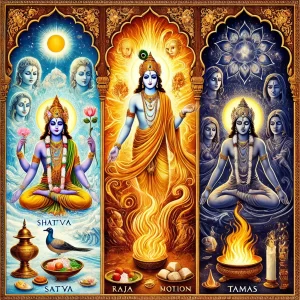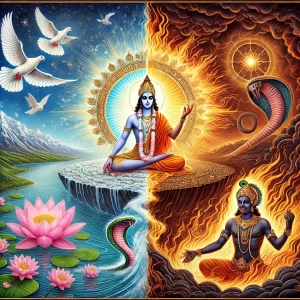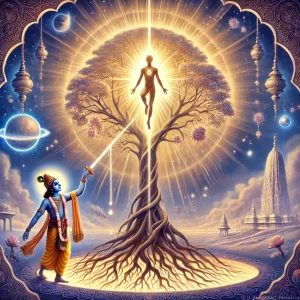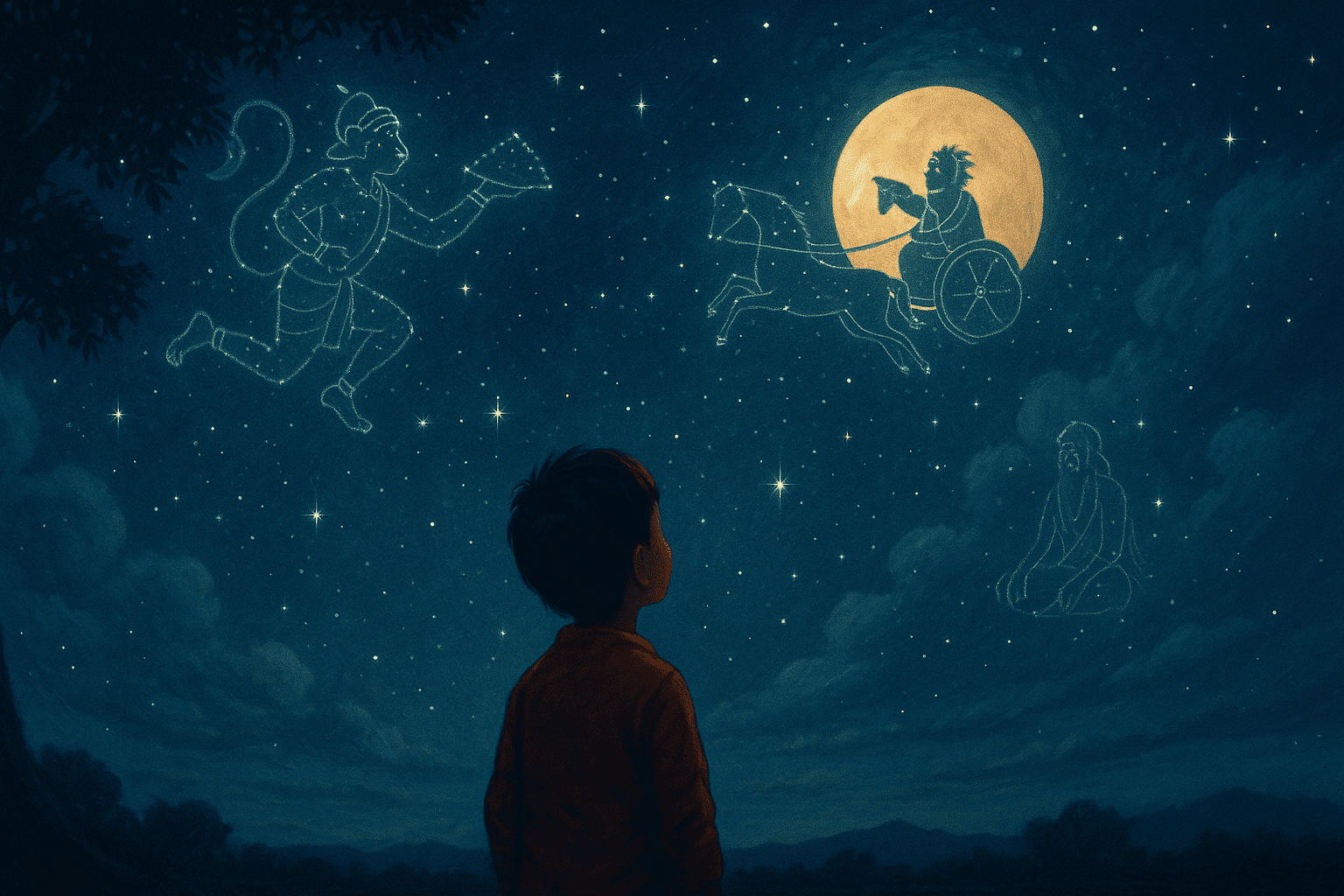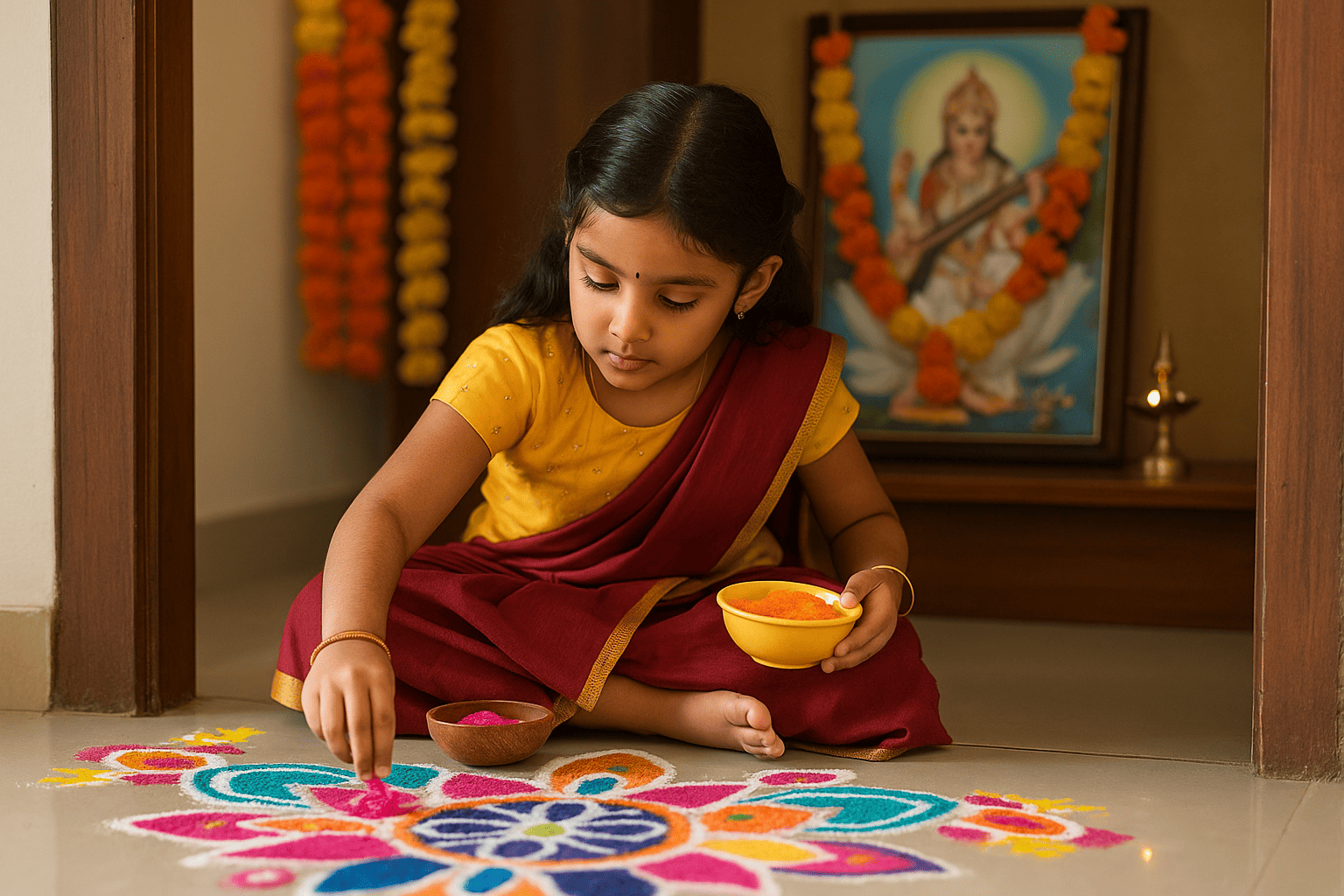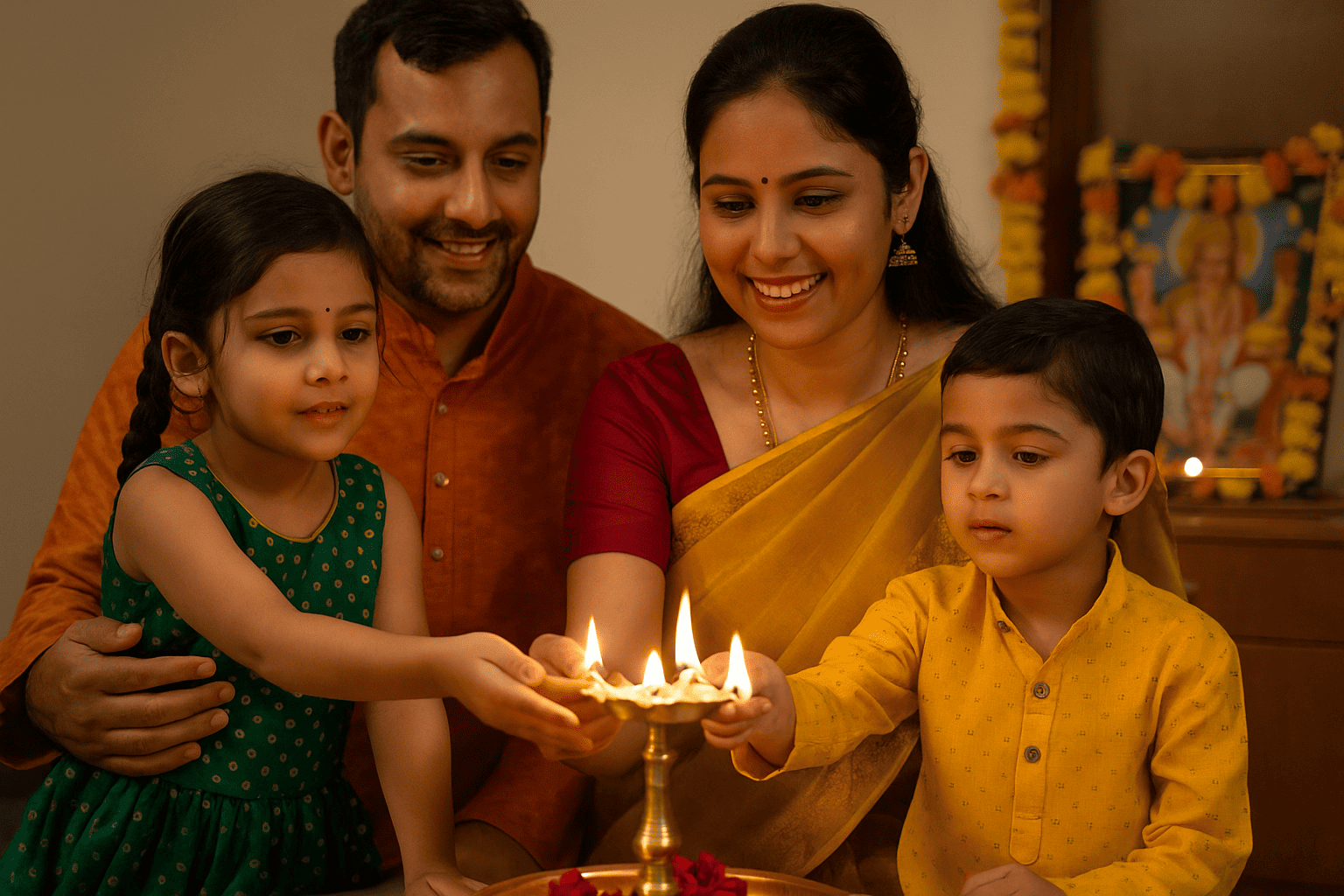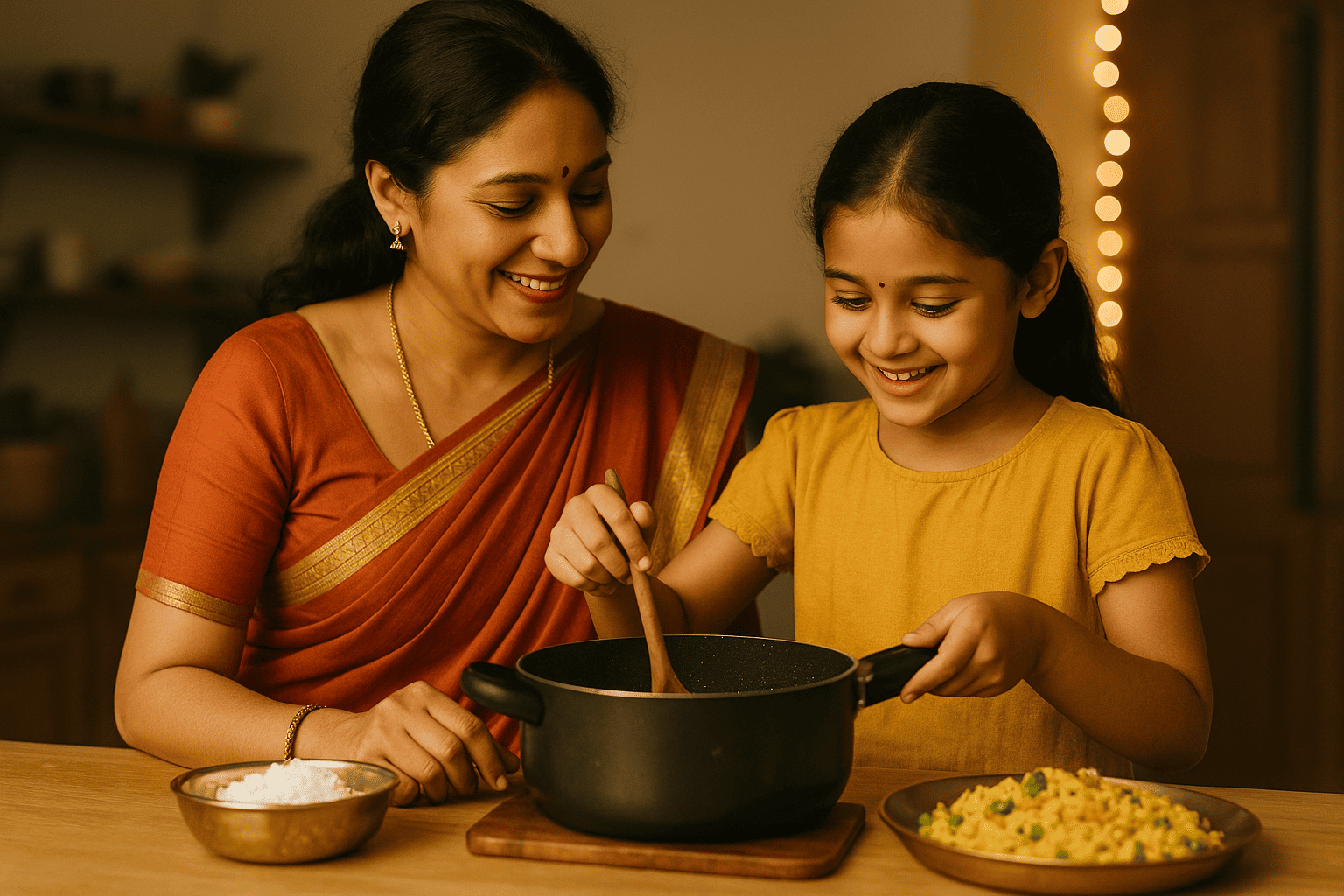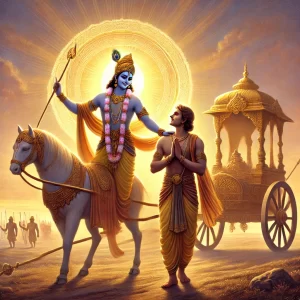
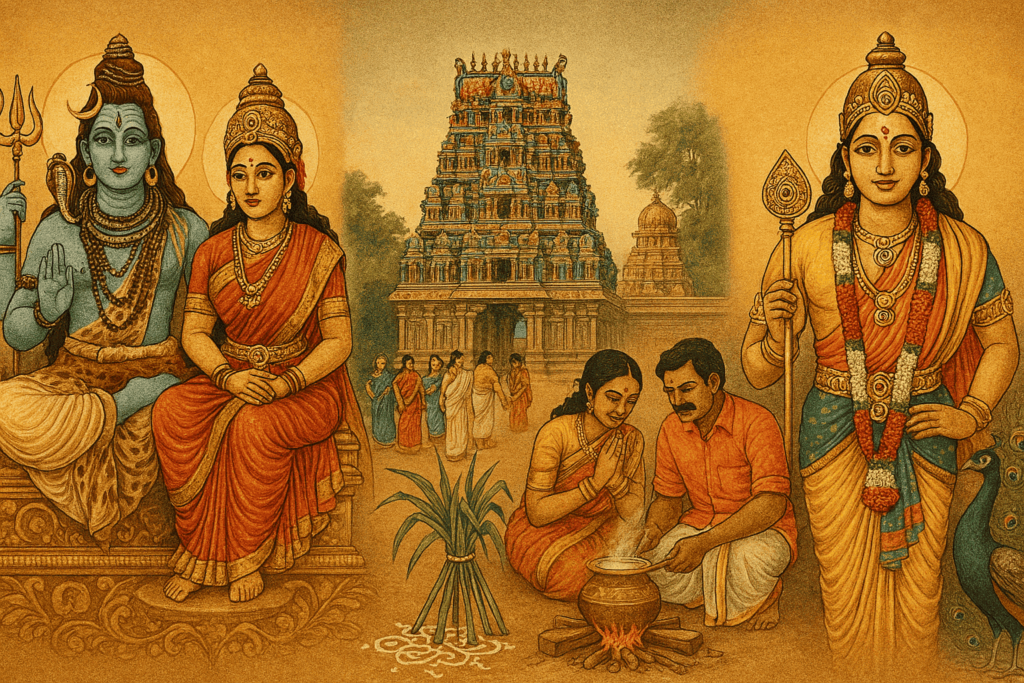
When we explore the connection between Tamil culture and Hindu traditions, we uncover a rich, vibrant, and deeply spiritual journey that spans thousands of years. More than just a language and a religion, Tamil and Hinduism represent parallel civilizational pillars that have grown together, each enriching the other. The threads of shared stories, values, deities, music, and rituals form a beautiful tapestry of identity that still holds strong today—especially for families looking to pass down both cultural and spiritual roots to younger generations.
Tamil, one of the oldest living languages in the world, has long been a vessel for spiritual thought and divine poetry. Unlike Sanskrit, which is often seen as a formal or liturgical language, Tamil has always been the people’s language—accessible, expressive, and emotionally resonant.
In Tamil Nadu, some of the greatest expressions of Hindu devotion were written in Tamil, not Sanskrit. The Tiruvacakam by Manikkavacakar and the Divya Prabandham by the Alwars are just two examples of Tamil literature deeply embedded in Hindu devotional practice. These works don’t just convey religious doctrine—they carry longing, surrender, love, and the ecstatic experiences of union with the divine.
Temples in Tamil Nadu are more than architectural marvels. They are living ecosystems of tradition, belief, and community. The temples of Srirangam, Chidambaram, Thiruvannamalai, and Madurai, among others, have stood for centuries as centers of art, music, literature, philosophy, and social service.
The concept of Agamic rituals, temple chariot festivals (theru thiruvizha), and elaborate Kumbabishekams (temple consecrations) are practices where Tamil customs and Hindu rituals beautifully merge. Every sculpture carved into a temple wall, every kolam drawn on the stone floor, and every chant echoing through its halls reflects this sacred symbiosis.
In Hinduism, gods take on many forms—and in Tamil culture, they often take on a more personal and localized presence. Lord Murugan, for instance, is celebrated with particular intensity in Tamil Nadu. He is seen not only as the divine son of Shiva but as a Tamil god—Tamizh Kadavul Murugan—the protector of the land and language.
Likewise, village deities like Karuppasamy, Ayyanar, and Mariamman are worshipped in temples and shrines unique to Tamil soil. While these gods might not appear in mainstream Hindu scriptures, they embody the same values of protection, fertility, justice, and divine love. The blend of folk deities with Vedic gods creates a religious experience that is deeply rooted in the soil and soul of Tamil Nadu.
Tamil Hindu festivals are a calendar of stories, seasonal shifts, and collective memory. Pongal, the harvest festival, celebrates nature and community, thanking Surya (the Sun God), the Earth, and cattle—all central themes in Hinduism’s nature-respecting philosophy.
Thaipusam, observed widely by Tamil Hindus, particularly in Malaysia, Singapore, and Sri Lanka, is a dramatic expression of devotion to Lord Murugan. From the carrying of kavadis to walking over fire, these acts of penance are rooted in Hindu spiritual discipline but shaped by Tamil cultural nuances.
Other festivals like Navaratri, Adi Perukku, and Maha Shivaratri in Tamil households blend Sanskrit mantras with Tamil songs, pan-Indian mythologies with local storytelling, and classical rituals with community celebration.
The classical music system of Carnatic music and the dance form Bharatanatyam have strong Tamil and Hindu roots. Many Carnatic compositions are in praise of Hindu deities—especially in Tamil—and are based on spiritual themes, temple rituals, and philosophical ideas.
Bharatanatyam, originally performed in temples by devadasis (temple dancers), is a storytelling art form using mudras (hand gestures), facial expressions, and intricate movements to narrate episodes from Hindu epics and puranas. It is both an offering and a teaching—preserving mythologies and transmitting them through performance.
The Tirukkural, written by the sage Thiruvalluvar, is often cited as a secular text. But its core values—truth, righteousness, non-violence, self-control, and compassion—resonate deeply with Hindu dharma. Concepts like dharma, karma, artha (purpose), and moksha (liberation) are subtly embedded in this Tamil classic, echoing Hindu philosophical frameworks.
Tamil Siddha traditions—an ancient system of medicine and philosophy—also draw from Hindu metaphysics, especially Shaiva and Tantric schools of thought, emphasizing the body as a vessel of spiritual transformation.
For children growing up in multicultural environments, especially in the diaspora, understanding this overlap can be deeply grounding. When children learn Tamil bhajans, hear bedtime stories of Lord Murugan, chant slokas with their grandparents, or celebrate Pongal at school—they’re not just learning “culture” or “religion.” They’re stepping into an ancient flow of meaning that helps them understand their identity, values, and roots.
Parents and educators can use this shared foundation to teach children not just how to recite a prayer—but why it matters. Not just how to wear traditional clothes—but where those styles and meanings come from. Coloring books, storytelling sessions, traditional games, Tamil nursery rhymes about gods, and festivals celebrated with context—all become tools of joyful learning.
The connection between Tamil and Hindu traditions isn’t about drawing boundaries—it’s about recognizing bridges. These shared roots show us that identity is not a fixed box but a blooming tree—rooted in ancient soil, nourished by stories, songs, and spirit.
By embracing both Tamil culture and Hindu faith, we don’t just preserve heritage—we celebrate a way of life that is inclusive, dynamic, and deeply human. And in doing so, we leave behind a legacy that future generations can carry forward with pride, purpose, and joy.

